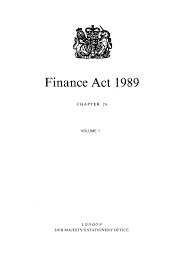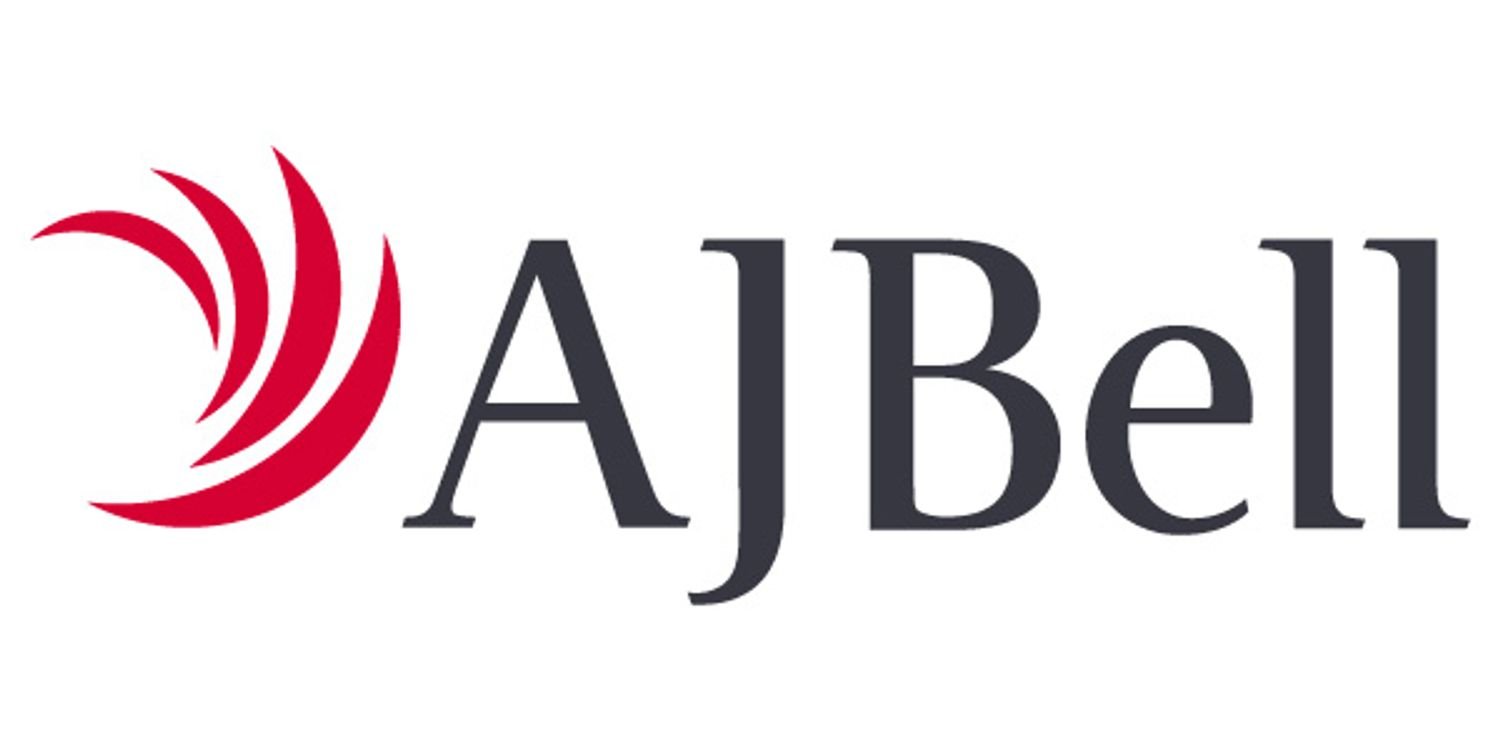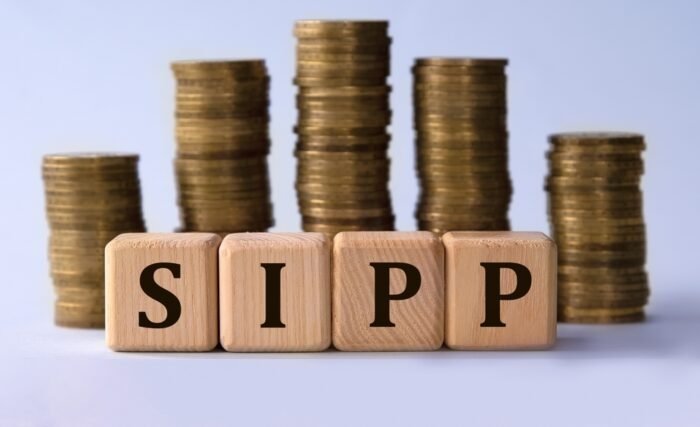Guide to SIPP’s and What They Are
A Self-Invested Personal Pension (SIPP) is a type of UK pension plan that offers individuals greater flexibility and control over their retirement savings. Unlike standard workplace or personal pensions, a SIPP allows you to choose and manage your own investments, including stocks, bonds, funds, and even commercial property.
SIPPs have gained popularity over the years, particularly among those who want more control over their pension investments. But how exactly do they work, and who should consider opening one? This guide will take you through the history of SIPPs, how they function, their benefits and risks, and the leading providers in the UK.
The History of SIPPs

SIPPs were introduced in 1989 in an onimious-sounding piece of legislation called the Finance Act as a way to provide more investment flexibility for pension savers. Initially, they were mainly used by high-net-worth individuals due to their complex nature and high costs. Over time, as investment platforms became more accessible and fees lowered, SIPPs became a ‘mainstream’ pension option for a wider range of investors.
The 2006 pension reforms (A-Day) further simplified the UK pension system, making SIPPs more accessible. These reforms allowed for greater contribution limits, tax advantages, and an expanded range of investment choices within a SIPP.
Today, SIPPs are widely used by self-employed individuals, business owners, and those who want to take an active role in managing their retirement funds.
How Does a SIPP Work?
A SIPP functions similarly to a standard pension in that contributions benefit from tax relief and the funds grow tax-free. However, unlike traditional workplace pensions where the provider manages the investments, a SIPP allows you to pick and choose where your money is invested.
Key Features of a SIPP:
- Contributions & Tax Relief:
- You can contribute up to £60,000 per year (2024/25 tax year), subject to your earnings and the annual allowance.
- The government adds 20% tax relief to contributions, meaning a £8,000 contribution is topped up to £10,000.
- Higher and additional rate taxpayers can claim extra relief through their tax return.
- Investment Choices:
- Shares and stocks
- Exchange-traded funds (ETFs)
- Unit trusts and investment funds
- Government and corporate bonds
- Commercial property (not residential property)
- Cash deposits
- Flexibility in Withdrawals:
- From age 55 (rising to 57 in 2028), you can access 25% of your SIPP tax-free, with the rest taxed as income.
- You can use drawdown to take income while leaving the rest invested or buy an annuity for a guaranteed income.
- Control Over Investment Strategy:
- Unlike workplace pensions, where funds are pre-selected, a SIPP gives you full control.
- You can adjust investments based on market conditions and personal risk preferences.
Who Should Consider a SIPP?
A SIPP is ideal for those who:
✔ Want to manage their own pension investments.
✔ Are self-employed and don’t have access to a workplace pension.
✔ Have multiple pensions and want to consolidate them into one.
✔ Are experienced investors looking for more choice and control.
✔ Plan to make lump sum contributions to maximise tax relief.
However, a SIPP may not be suitable for those who prefer a hands-off approach or lack experience in investment management.
Advantages of a SIPP
✅ Greater Investment Choice: SIPPs allow for a wider range of investments compared to traditional workplace or personal pensions.
✅ Tax Benefits: Contributions benefit from tax relief, and investments grow tax-free.
✅ Flexibility in Retirement: You can withdraw funds gradually or take a lump sum.
✅ Consolidation of Pensions: If you have multiple pensions, a SIPP can help manage them in one place.
Risks and Disadvantages of a SIPP
❌ Investment Risk: Unlike a workplace pension, a SIPP does not come with a default investment strategy, meaning poor investment choices can lead to losses.
❌ Higher Costs: Some SIPPs charge platform fees, trading fees, and annual fees, which can be more expensive than traditional pensions.
❌ Time-Consuming: Managing a SIPP requires ongoing attention and knowledge of investment markets.
❌ No Employer Contributions: Unlike workplace pensions, SIPPs don’t benefit from employer contributions unless you’re self-employed and contributing through a business.
Top SIPP Providers in the UK (2024)

There are numerous SIPP providers in the UK, each catering to different types of investors. Below are some of the leading options (not an endorsement or a preference!):
| Provider | Best For | Fees | Investment Options |
|---|---|---|---|
| Hargreaves Lansdown | Hands-off investors | 0.45% platform fee | Wide range (funds, stocks, ETFs) |
| AJ Bell Youinvest | Low-cost investing | 0.25% platform fee | Stocks, funds, ETFs, bonds |
| Interactive Investor | Flat-fee structure | £12.99/month | Stocks, ETFs, funds, trusts |
| Vanguard SIPP | Passive investors | 0.15% platform fee | Vanguard funds and ETFs |
| Fidelity | Active and passive investors | 0.35% platform fee | Funds, ETFs, stocks |
Each provider has different fee structures, investment choices, and platform functionalities, so it’s important to compare options based on your needs.
How to Open a SIPP
Opening a SIPP is relatively straightforward and can be done online with most providers like the ones mentioned above. Here’s how:
- Choose a provider based on fees, investment options, and platform usability.
- Register and provide personal details, including National Insurance number.
- Fund your SIPP through regular contributions, lump sums, or pension transfers.
- Select investments based on your strategy and risk appetite.
- Monitor and adjust your investments as needed over time.
Is a SIPP Right for You?
A SIPP is a powerful retirement tool for those who want more control over their investments and are comfortable making their own financial decisions. While it offers greater investment choice and flexibility, it also comes with responsibility and risk. If you’re confident in managing your own pension or willing to seek professional advice, a SIPP can be a valuable addition to your retirement plan.
Before opening a SIPP, it’s essential to compare providers, understand the costs involved, and ensure it aligns with your long-term retirement goals. If you’re unsure, consulting a financial advisor may be a wise step to ensure you make the right decision.
- Are Pension Drawdown Calculators a Thing of the Past? - March 22, 2025
- What is Sequence Risk & How Does it Affect Pension Drawdown? - February 24, 2025
- What is a Dynamic Withdrawal Strategy in Pension Drawdown? - February 24, 2025
Peter is an expert in the financial services sector, having formerly been a independent financial advisor (IFA) in London for over 10 years and completing his FFA FIPA in 2023, he now helps run Pension Drawdown Calculator helping retirees and soon to be retirees calculate their pension savings.



6 Responses